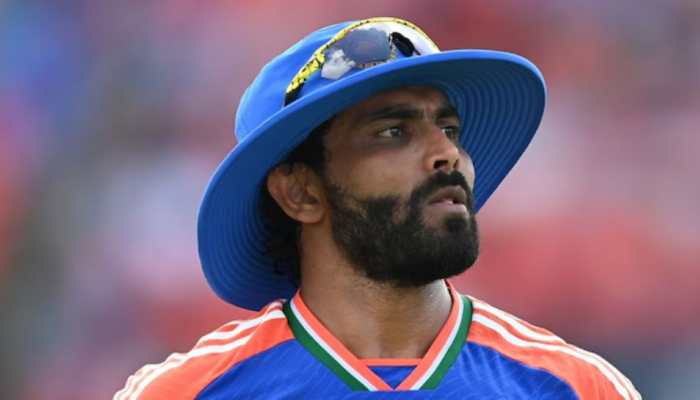Chandrayaan-2 completes one year on moon orbit, all instruments performing well: ISRO
Chandrayaan-2 was successfully inserted into the lunar orbit on August 20, 2019.
- The Indian Space Research Organisation (ISRO) on Thursday said that the Chandrayaan-2 completed one year on the Moon orbit.
- Chandrayaan-2 was successfully inserted into the lunar orbit on August 20, 2019.
- It was on July 22, 2019, the GSLV rocket, nicknamed `Bahubali`, blasted off from the second launch pad at Sriharikota in Andhra Pradesh.
Trending Photos
)
The Indian Space Research Organisation (ISRO) on Thursday said that the Chandrayaan-2, India`s second moon mission by a Geosynchronous Satellite Launch Vehicle (GSLV)-MkIII-M1, completed one year on the Moon orbit. Chandrayaan-2 was successfully inserted into the lunar orbit on August 20, 2019. It was on July 22, 2019, the GSLV rocket, nicknamed `Bahubali`, blasted off from the second launch pad at Sriharikota in Andhra Pradesh.
Taking to micro-blogging site Twitter, ISRO said, "Today Chandrayaan-2 completes one year on Moon orbit. Chandrayaan-2 was successfully inserted in to Lunar orbit on August 20, 2019."
ISRO asserted that with the goal of expanding the lunar scientific knowledge through detailed studies of topography, mineralogy, surface chemical composition, thermo-physical characteristics and the lunar exosphere, Chandrayaan-2 was launched. It added that tough the soft-landing attempt was not successful, the orbiter, which was equipped with eight scientific instruments, was successfully placed in the lunar orbit. The orbiter completed more than 4400 orbits around the Moon and all the instruments are currently performing well, added ISRO.
It added that the spacecraft is healthy and performance of subsystems are normal. The orbiter is being maintained in 100 +/- 25 km polar orbit with periodic orbit maintenance (OM) maneuvers. So far, 17 OMs are carried out since achieving 100 km lunar orbit on September 24, 2019. There is adequate onboard fuel to remain operational for about seven years.
In July, the ISRO had asserted that the public release of science data from Chandrayaan-2 for global use will begin in October 2020 and added that all the eight payloads on Chandrayaan-2 are performing well.
In September 2019, Chandrayaan-2's Vikram Lander had lost communication with the ISRO moments before its scheduled soft-landing. On December 2, 2019, NASA found the lander on the surface of the Moon and released the images of its impact site on the lunar surface.
The NASA posted images clicked by its Lunar Reconnaissance Orbiter (LRO) Camera, showing the site`s changes on the Moon and the impact point before and after the spacecraft had made a hard-landing on the lunar surface. It also showed the impact spot of the lander and an associated debris field created by the crash.
Vikram Lander was just 2.1 kilometres above the lunar surface when it lost contact with ISRO, throwing a pall of gloom over the Indian space agency. After the hard-landing of Vikram Lander on the lunar surface, the ISRO had expressed hopes that they have at least 14 days to establish contact with it.
The Chandrayaan 2 Vikram lander was targeted for a highland smooth plain about 600 kilometres from the south pole but the ISRO lost contact with their lander shortly before the scheduled touchdown (September 7).
Stay informed on all the latest news, real-time breaking news updates, and follow all the important headlines in india news and world News on Zee News.
Live Tv







)
)
)
)
)
)
)
)
)
)
